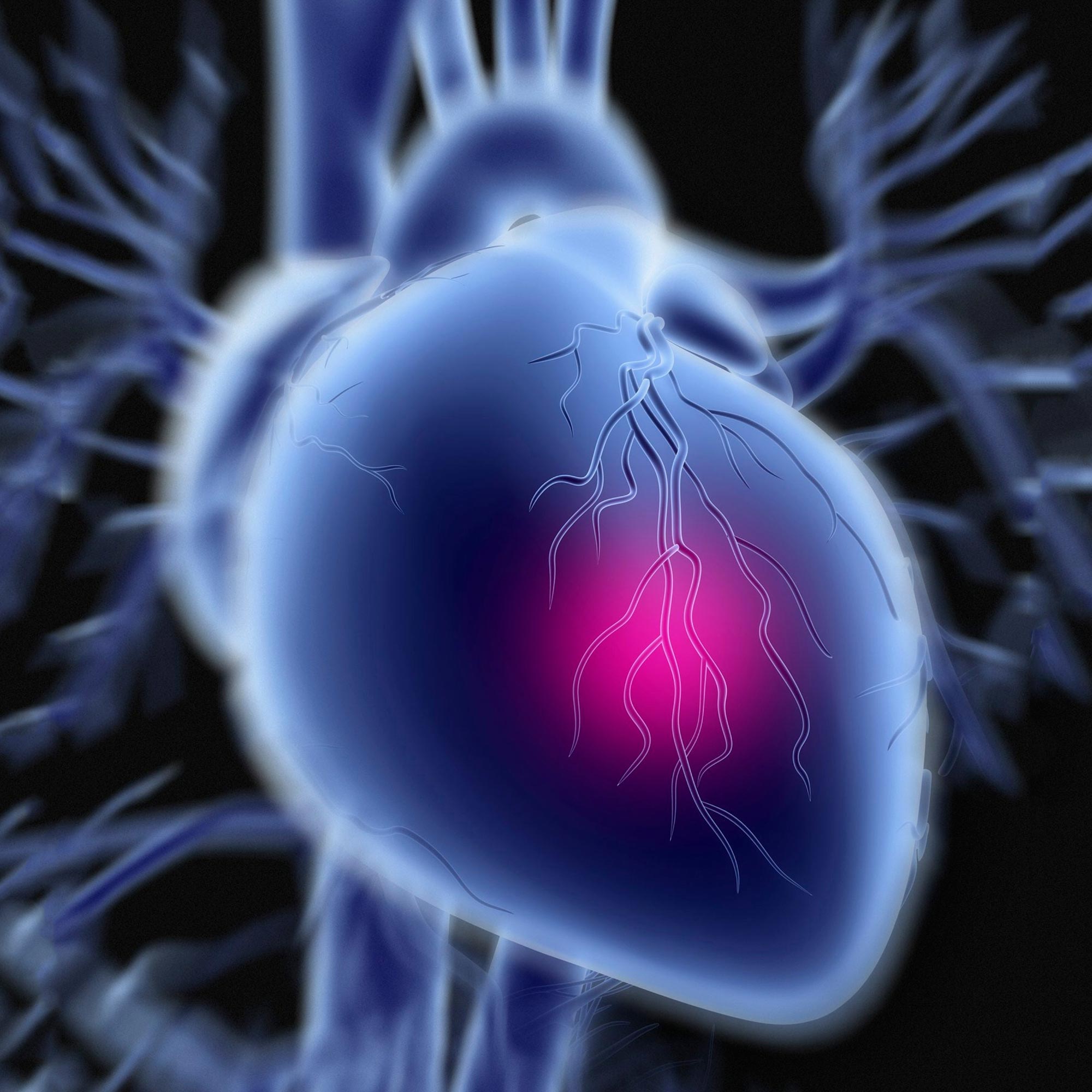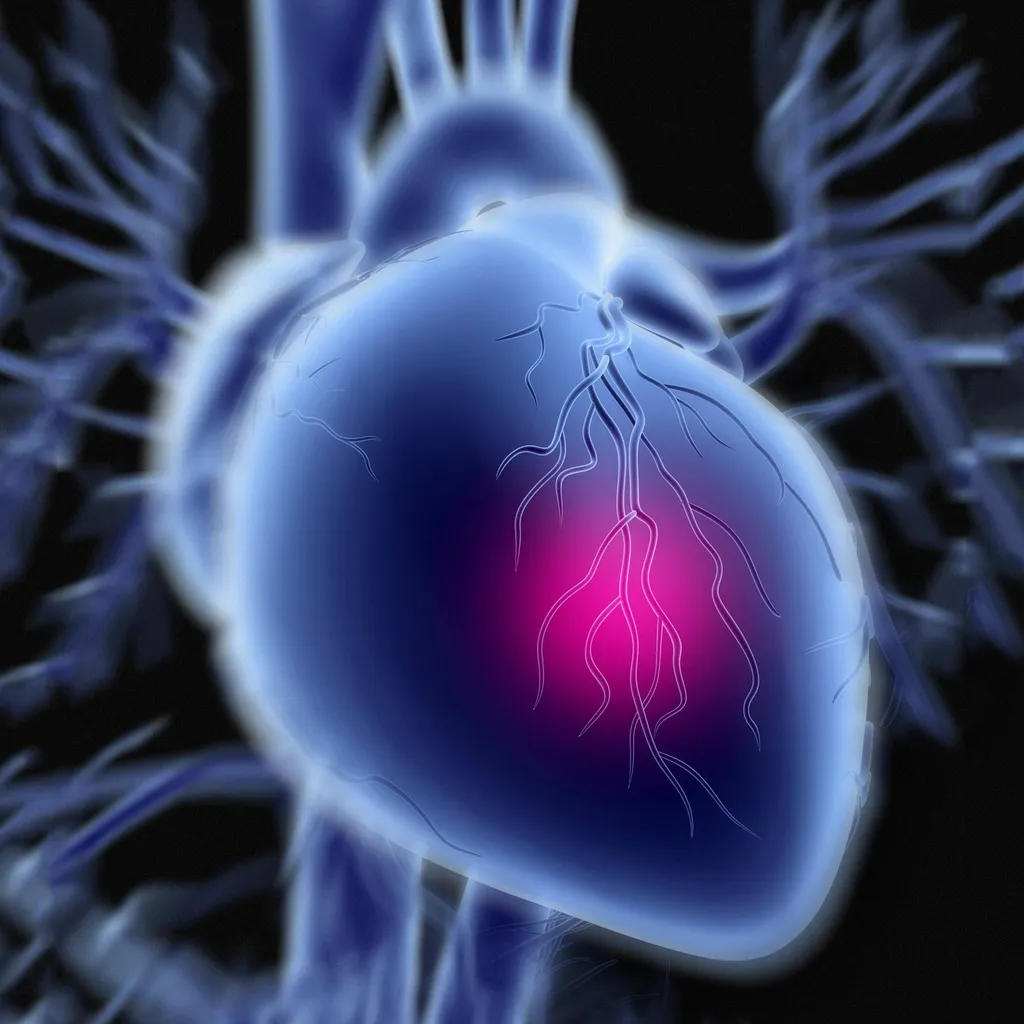

Researchers warn of potential threats to heart health from extreme weather.
Detrimental associations between cold weather and deaths from heart disease, particularly in poor neighborhoods, have been found in an analysis of nearly 2.3 million Europeans. The late-breaking research was presented at ESC Congress 2022.[1] Hot weather was linked with excess deaths from heart disease and stroke in patients with heart conditions.
Study author Professor Stefan Agewall of the University of Oslo, Norway said: “Climate change is leading to a rise in the average global temperature but also extreme cold in some regions. More than 70,000 excess deaths occurred across Europe during the summer of 2003 due to intense heatwaves.[2] Cold weather also accounts for excess deaths and hospital admissions.[3,4] Previously studies on the cardiovascular effects of heat and cold mainly used aggregated data, such as daily deaths in a city. The EXHAUSTION project used individual data, enabling us to identify vulnerable subgroups for protective interventions, thereby increasing resilience for future weather events.”
The analysis included 2.28 million adults from five cohort studies conducted in Italy, Germany, the UK, Norway, and Sweden between 1994 and 2010. The average age ranged from 49.7 years to 71.7 years and the proportion of women ranged from 36.0% to 54.5%. Participants with and without cardiovascular disease at baseline were included. Data on mortality and new-onset disease were collected through death and disease registries and follow-up surveys. Daily average air temperatures at participants’ home addresses were collected from local weather stations or estimated using modeling of temperature data from weather stations.
The relationships between temperature and cardiovascular conditions and death were analyzed for all participants and in subgroups with particular characteristics. A time-stratified case-crossover study design was used where for each participant, the scientists compared the temperature on the day of the week an adverse event occurred (e.g. Monday) with the temperature on the same day of the week without an adverse event (e.g. all remaining Mondays) within the same month. Using within-participant comparisons between days in the same month eliminated the potential confounding effects of participant characteristics and time trends.
The analysis uncovered increased risks of death from cardiovascular disease overall and ischaemic heart disease in particular, as well as an elevated risk of new-onset ischaemic heart disease, associated with cold weather. With an approximately 10°C (18°F) temperature drop, from 5°C to -5°C (41°F to 23°F), there was a 19% greater risk of death from cardiovascular disease (relative risk [RR] 1.19; 95% confidence interval [CI] 1.04–1.36) and a 22% elevated likelihood of death from ischaemic heart disease (RR 1.22; 95% CI 1.07–1.38). There was a 4% higher risk of new-onset ischaemic heart disease associated with an approximately 11°C (20°F) temperature drop, from 2°C to -9°C (36°F to 16°F) (RR 1.04; 95% CI: 1.01–1.08).
Professor Agewall said: “The relationships between cold temperatures and deaths were more pronounced in men and people living in neighborhoods with a low socioeconomic status. The links between cold and new-onset ischaemic heart disease were stronger among women and people older than 65 years.”
Heat was not related to detrimental effects in the overall study population. However, temperature rises from 15°C to 24°C (27°F to 43°F) were associated with 25% (RR 1.25; 95% CI 1.12–1.39) and 30% (RR 1.30; 95% CI 1.10–1.53) elevated risks of death from cardiovascular disease and stroke, respectively, in people with heart disease at baseline.
Professor Agewall said: “Clinicians can use this information to provide tailored advice to those most at risk of adverse health outcomes during hot and cold days. Patients with heart conditions should stay hydrated in hot weather and adhere to the advice from their cardiologist on medication use. We can all check the news for extreme heat and cold alerts and follow safety tips from local authorities.”
References and notes
- EXHAUSTION was presented by Dr. Siqi Zhang from Helmholtz Munich during the session Latest science in primary and secondary prevention and environmental health on Friday, August 26.
- “Death toll exceeded 70,000 in Europe during the summer of 2003” by Jean-Marie Robine, Siu Lan K. Cheung, Sophie Le Roy, Herman Van Oyen, Clare Griffiths, Jean-Pierre Michel and François Richard Herrmann, 31 December 2007, Comptes Rendus Biologies.
DOI: 10.1016/j.crvi.2007.12.001 - “Mortality risk attributable to high and low ambient temperature: a multicountry observational study” by Dr Antonio Gasparrini, PhD; Yuming Guo, PhD; Prof Masahiro Hashizume, PhD; Eric Lavigne, PhD; Antonella Zanobetti, PhD; Prof Joel Schwartz, PhD; Aurelio Tobias, PhD; Prof Shilu Tong, PhD; Joacim Rocklöv, PhD; Prof Bertil Forsberg, PhD; Michela Leone, MS; Manuela De Sario, MS; Prof Michelle L Bell, PhD; Yue-Liang Leon Guo, MD; Chang-fu Wu, PhD; Prof Haidong Kan, PhD; Prof Seung-Muk Yi, PhD; Micheline de Sousa Zanotti Stagliorio Coelho, PhD; Prof Paulo Hilario Nascimento Saldiva, PhD; Prof Yasushi Honda, PhD; Prof Ho Kim, PhD and Prof Ben Armstrong, PhD, 20 May 2015, The Lancet.
DOI: 10.1016/S0140-6736(14)62114-0 - “Effects of ambient temperature on myocardial infarction: A systematic review and meta-analysis” by Zhiying Sun, Chen Chen, Dandan Xu and Tiantian Li, 19 June 2018, Environmental Pollution.
DOI: 10.1016/j.envpol.2018.06.045
Acknowledgments: The analysis was led by Dr. Alexandra Schneider from Helmholtz Munich.
Funding: This study was conducted within the framework of the EXHAUSTION project (Exposure to heat and air pollution in Europe – cardiopulmonary impacts and benefits of mitigation and adaptation), which has received funding from the European Union’s Horizon 2020 research and innovation program.

